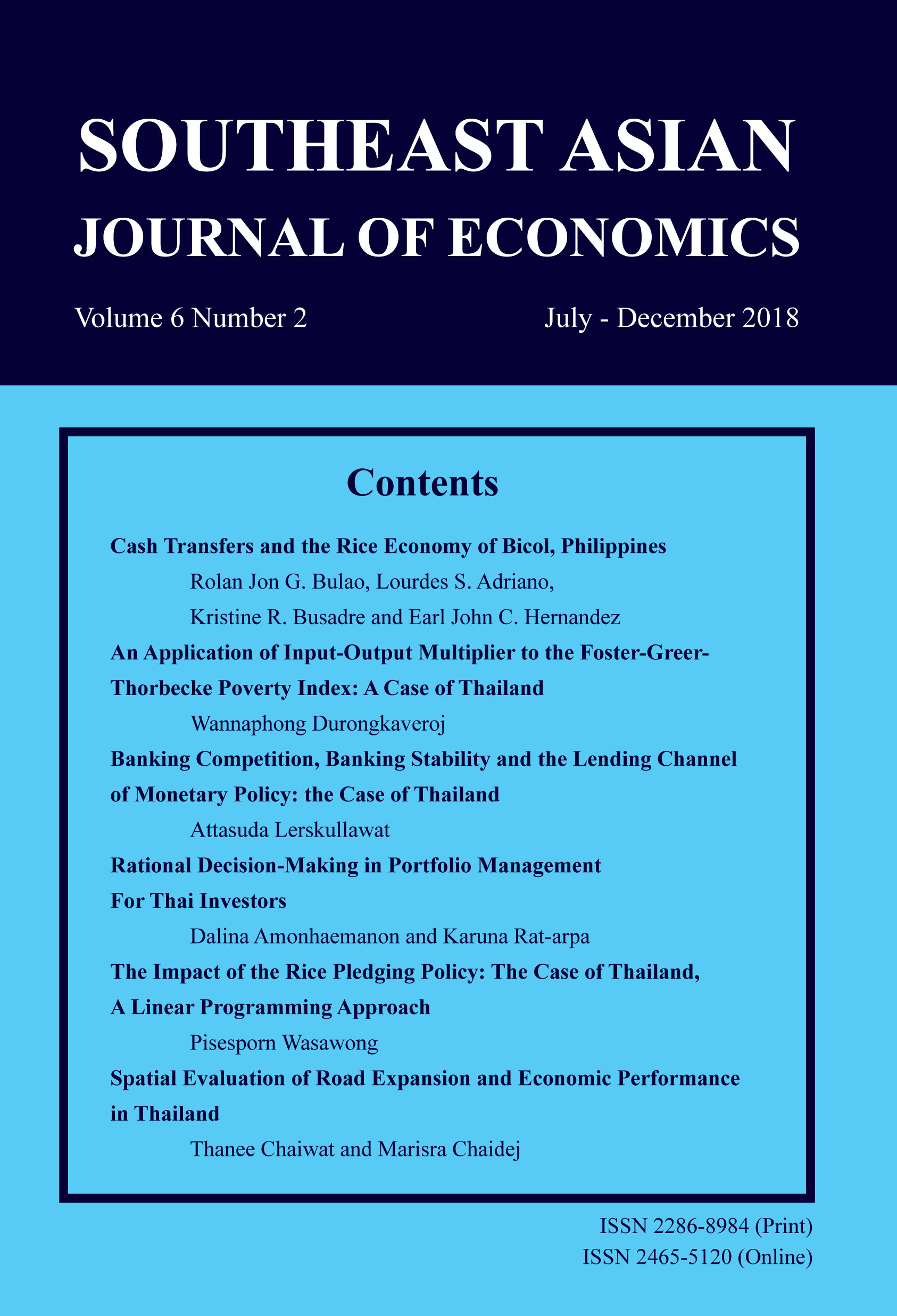What is the Effect of Regulatory Supervision on the Profitability and Outreach of Microfinance Institutions?
Keywords:
Regulation, Microfinace, InstitutionsAbstract
Regulatory supervision is an important part of the formal banking process. As microfinance institutions have developed and multiplied, they have become more closely regulated, which has allowed many of them to evolve into more traditional banks. But there are concerns over microfinance regulation, as complying with regulatory requirements can be costly, particularly for smaller institutions. Using high-quality cross-sectional data from the Microfinance Information eXchange, I conduct ordinary least squares and instrumental variables regression of regulatory supervision on profitability and outreach of microfinance institutions. Controlling for the non-random assignment of regulation using instrumental variables, I find that regulation is correlated with higher average loan sizes and less lending to women, but increased profitability among for-profit microfinance institutions. The results are consistent with the hypothesis that for-profit microfinance institutions change their business model in response to regulation by cutting outreach to lending sectors that are generally more costly per dollar lent. In contrast, non-profit microfinance institutions do not adjust loan sizes or reduce lending to women in response to regulation, although their profitability does not increase either.
Downloads
How to Cite
Issue
Section
License
The submission of a manuscript implies that the paper is an original work and has not been published elsewhere. The author(s) authorize the journal to reproduce or distribute the paper in printed or other electronic forms.






